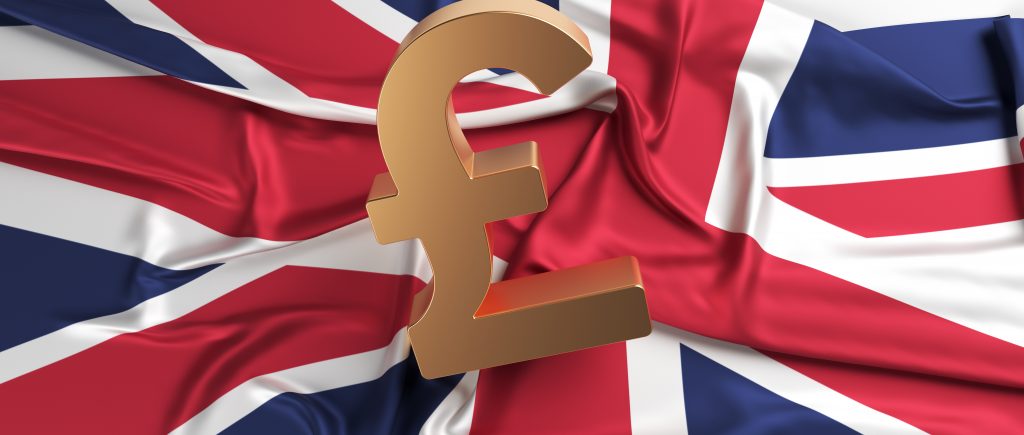The British government bond yields surged by the most in one day in over three decades on Friday, the pound slid to a fresh 37-year against the American dollar after UK finance minister Kwasi Kwarteng laid out a series of tax cuts in a move that is meant to boost economic growth. At the time of writing, one US dollar is equal to 0.9201 pounds.
Kwarteng‘s Package
At a cost of 45 billion pounds ($50 billion) by the financial year 2026/27, the new package was the largest at a single event since 1972, according to the Institute for Fiscal Studies. Income tax cuts, a drop in property taxes, tax-free shopping for overseas visitors and the scrapping of a planned corporation tax rise are all aimed by the government to give UK households and businesses a push forward.
The pound tumbled after Kwarteng’s speech, and in afternoon trading was down around 3% against the dollar to trade as low as $1.0896 , its weakest since 1985. It also weakened significantly versus the Euro, yen and Swiss franc.
To fund the cuts, plus a multi-billion-pound scheme to subsidize energy bills, the government’s debt management arm announced it would raise its borrowing plan for the current financial year by around 45% to 234.1 billion pounds ($260 billion).
Bond Market, BoE’s Dilemma
The bond market went into a nose-dive, with yields on the five-year gilt, the most sensitive to any near-term shift in interest rate or borrowing expectations, up by half a percentage point. This was the biggest one-day rise since at least late 1991.
This huge fiscal event is a radical economic gamble; a ‘go big or go home’ gamble that will put UK debt on an unstable footing.
Is the BoE able to sustainably sell more bonds through the quantitative tightening due to start on October 3, but today investors have another question: Could quantitative tightening be over before it even began?
Bond holders were already upset by inflation and by the prospect of more interest rate hikes from the BoE, which on Thursday raised rates by a half-point to 2.25%.
This is fiscal stimulus at a time when the BoE is already worried about aggregate demand being too high, and it is highly likely to force the BoE to raise rates even more than markets thought they were going to.
Even before Friday’s announcement, the pound had been under severe pressure. It is now down 10% since the start of July and on track for its worst quarter since 2008, pressured by the strong dollar, sluggish British growth and hot inflation.
Further Pressure
In another sign of stress, the cost of insuring Britain’s debt against a default jumped to its highest level since mid-2020.
S&P Global Market Intelligence data showed 5-year credit default swaps (CDS) – derivative instruments that debt investors typically use to hedge risk or bet against something – jumped 3.5 basis points to 34.5 points, an unusually large move for a G7 economy. ING analysts said in a note that as there is not much liquidity in sovereign credit default swaps for Britain, currency markets were probably the easiest vehicle to trade UK country risk.
The UK’s long-term sovereign anticipation is currently stable at all three of the rating agencies. The risk of a possible shift to a negative outlook will come when the ratings are reviewed on 21 October with S&P and Moody’s and 9 December with Fitch.

 Noor Trends News, Technical Analysis, Educational Tools and Recommendations
Noor Trends News, Technical Analysis, Educational Tools and Recommendations




